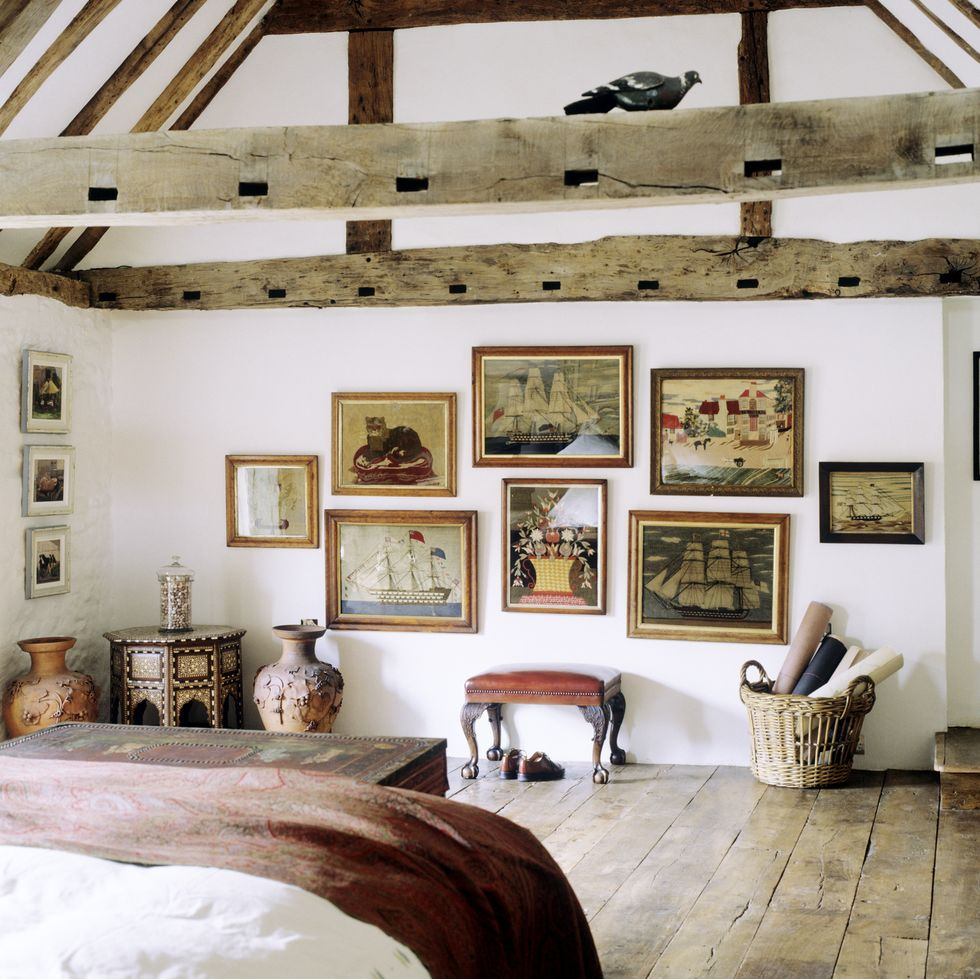Buying art for your home – Art is an expansive and relative term, making it either a dream or a tormenting experience for those attempting to navigate it on a buyer’s level — wondering where the hell to start your search, how much money to put in, deciding where to hang the artwork, or still debating whether or not to go ahead with your first art acquisition.

You don’t need to feel intimidated by this art-purchasing process anymore!
Today, the influx of online galleries offering endless options of art for sale allows both buyers and artists to seamlessly connect across a multitude of mediums, styles, themes, and price points.
We have compiled useful tips and ideas from experts for navigating it all — from search-start to design-finish and even working on your own personal firsts.
- Where To Find Art
In addition to buying art directly from studios and exhibitions, online art galleries are great opportunities to discover a lot of artwork across geographical boundaries and price segments quickly at your comfort.
You can also consider visiting the art fairs, festivals or even local flea markets which offer a wide range of traditional as well as contemporary art for sale. However, if you are looking to build a substantial art collection, it is better to consult a professional art advisor to help you navigate the industry or take guidance from an in-house advisory team of online art galleries.
- How To Figure Out Your Style
Setting the intention to discover and educate yourself about artists, their journey, inspiration, and artwork is a key starting point!
If you have a busy schedule, make time to visit artist studios, attend openings/shows, visit local exhibitions and explore innovative online art platforms and understand the context behind what you are looking at.
If possible, try to meet and engage with artists, and approach a gallerist with questions using offline or online medium, who will surely enjoy engaging with you and sharing insight into their artists’ work.
- How To Determine Budget
When setting an art budget for yourself, always set a figure that you would like to stay under and make sure to stick to it. In case you fall for a piece that you really can’t live without, think twice before going ahead and stretching your budget.
You can even seek advice from your knowledgeable friends in the industry to help you understand why something is priced the way it is, and also assist you in investing in the right artwork.
- Start Building Your Gallery Wall
Buying a large scale artwork is usually a costly affair. Creating an interesting and dynamic gallery wall is a great way to get started with a collection of smaller pieces of art.
However, make sure to follow a consistent color palette for a strong aesthetic and experiment with a mixture of mediums as well as textures, such as works on paper, small paintings, textiles, polaroids, photography, and quirky prints, to achieve something unique that evolves with you over time.
- Consider Adding Photography
If your space really does call for a large anchor piece of art, landscape photography is a great option. It is comparatively affordable than artwork on canvas of the same size. Photographs featuring natural scenery or distant horizon lines are not only meditative but also particularly powerful in making your small living spaces appear larger.
If you are a first-time buyer, photography is a great medium, to begin with. A striking medium that is endlessly enjoyable to live with.
- Play With Matte
Framing a smaller-sized photograph in a matte border can give a smaller piece more impact by elevating it into a mid-sized statement artworks for your space.
In fact, it is a great way to give a clean and sophisticated look for your smaller artworks.
- Have Patience
Finding art that you love and fits your space can take time, whether in person or online.
Don’t be in a rush to fill every empty wall and nook in your home at once. You can start with buying one or two key pieces of art, live with them for a bit and build one by one from there. Enjoy the process of discovery and allow your art collection to develop naturally over time.
- Love, Not Like Your Art
No matter how big or small your investment in art, your collection should be focused on pieces that truly speak to you. Make sure that your purchase is fueled by the love for the artwork first and foremost, and your personality will automatically shine through.
Additional Tip
Bend the rules of decor, do it the way you want it to be. Play with textures and mediums to give a dynamic and unexpected look to your home.
